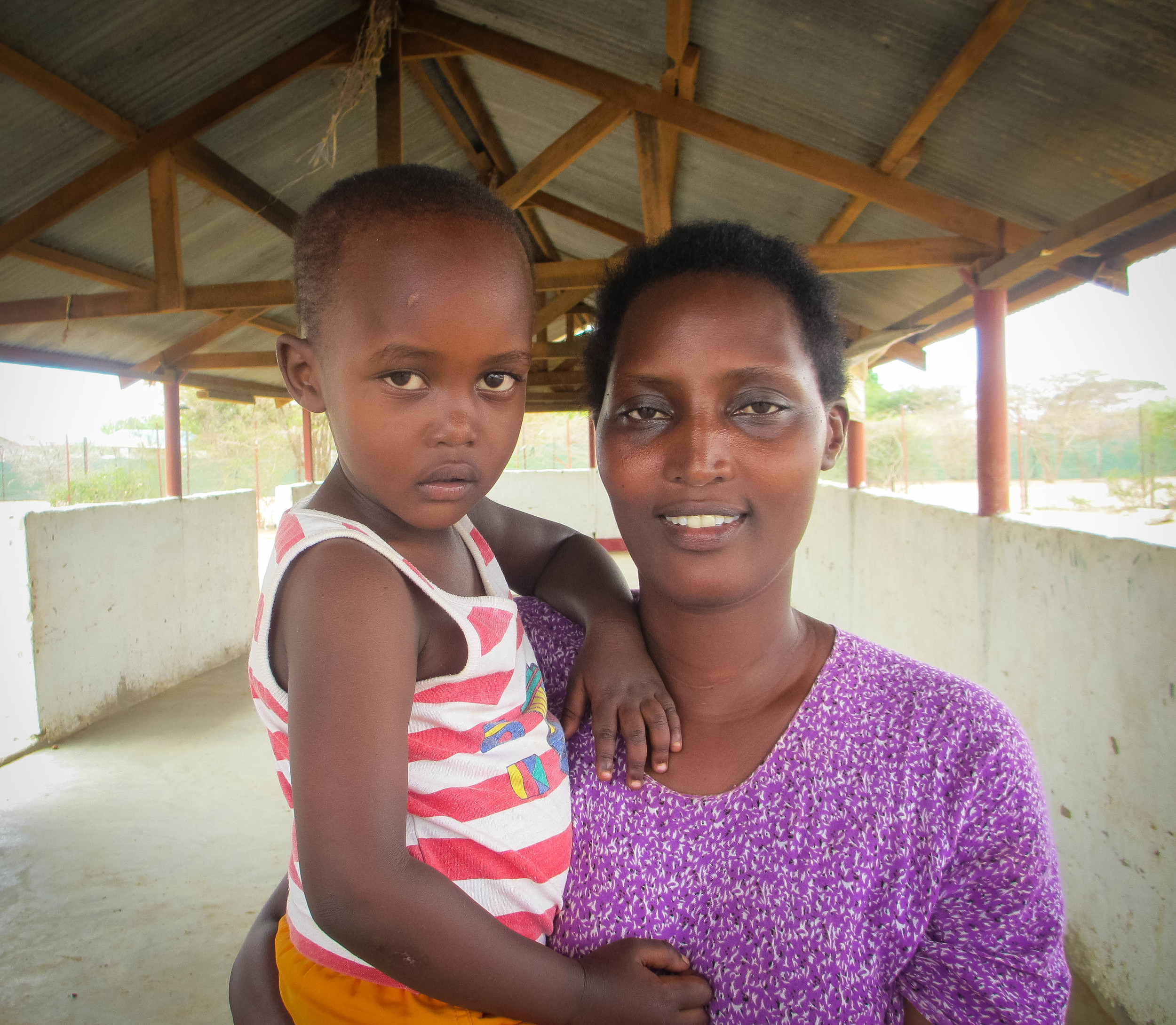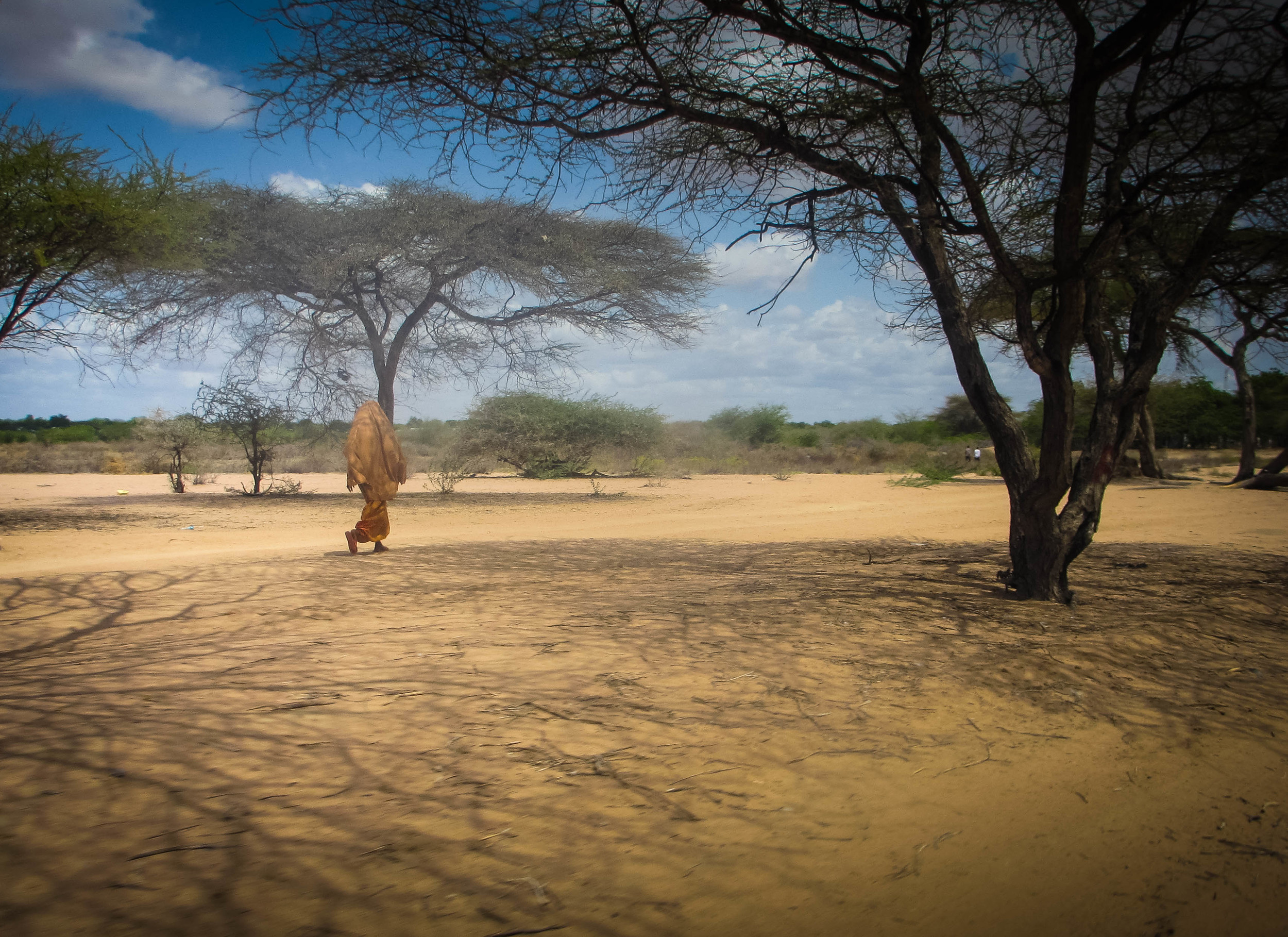Between a Rock and a Hard Place: Somali Refugees in Kenya

Earlier this year, the Kenyan government announced that all urban refugees must report to refugee camps. At the same time, the government launched a security operation aimed at rooting out alleged members of the Al Shabab terrorist organization from Eastleigh, a predominantly Somali neighborhood in Nairobi. Together, these two initiatives opened the door to increased levels of abuse, extortion, and harassment of refugees by the Kenyan police. This comes as the Kenyan government is publicly urging large-scale returns of Somali refugees even though the humanitarian situation inside Somalia is deteriorating severely.

Background
Kenya has long been a generous host to hundreds of thousands of refugees – primarily those fleeing violence and food insecurity in Somalia, but also to those from war- torn countries throughout the region. For more than two decades, tens of thousands of those refugees have chosen to live in urban areas, particularly the capital city, Nairobi. Here, refugees have opportunities to provide for themselves, rather than living on the food and other aid in camps.
In 2009, the UN Refugee Agency (UNHCR), acknowledging the increasing number of refugees living in urban areas and recognizing cities as “legitimate places for refugees to reside and exercise the rights to which they are entitled,” launched a global policy on refugee protection and solutions in urban areas. By 2012, over 55,000 refugees were registered in Kenyan cities. In cooperation with schools and hospitals, key services became accessible to them, and a number of non-governmental organizations (NGOs) established programs to provide support such as legal aid and livelihood training.

In recent years, however, urban refugees’ freedom to pursue prosperous livelihoods in urban areas has been increasingly denied by the Kenyan government. In December 2012, citing national security concerns that linked the presence of refugees with the threat of terrorism, the government declared that all urban refugees must relocate to the Dadaab and Kakuma refugee camps in northern Kenya. It also shut down urban registration centers and prohibited the provision of services to urban refugees. A national legal aid organization, with the support of UNHCR, filed a suit aimed at reversing the government’s directive. In July 2013, Kenya’s High Court ruled that the directive violated Kenya’s constitution, which enshrines the country’s obligations under the 1951 Refugee Convention.
Since the High Court’s decision, Kenya has witnessed growing insecurity. There was last year’s terrorist attack on the Westgate Mall in Nairobi, for which the Somali-based terrorist organization Al Shabab claimed responsibility. There have also been several attacks in Eastleigh, the neighborhood where large numbers of refugees and other foreign nationals have congregated in recent years. These events have put urban refugees in the government’s crosshairs once again.
Recommendations
- The UN Refugee Agency (UNHCR) must publicly uphold its urban refugee policy and do more to meet its mandate to protect refugees by increasing international staff for urban refugee protection programming in Kenya.
- Donor governments and philanthropic foundations must strengthen support to Kenyan organizations providing legal aid to urban refugees.
- The Kenyan government must meet its obligations under the Tripartite Agreement to provide protection and assistance to refugees, and should implement the recommendations of the Independent Policing Oversight Authority.
- Donor governments, in particular the United States and the United Kingdom, must support the Kenyan government to ensure that it acts on the recommendations of the Independent Policing Oversight Authority.
- UNHCR and the Kenyan Department of Refugee Affairs must coordinate to ensure that information regarding the repatriation of Somali refugees is communicated accurately and consistently.
- UNHCR must apply lessons learned from its experience supporting the return of internally displaced Somalis as it implements its Somali refugee repatriation programming. Both programs must support more resilient and sustainable livelihoods for returnees, and better link with longer-term development efforts to ensure conditions for return are sustainable.
Mark Yarnell and Alice Thomas traveled to Kenya in July 2014 where they interviewed government officials, UN agencies, national and international non-government organizations, and refugees and asylum-seekers in Nairobi and Dadaab refugee camp. Additional information on challenges facing Somali returnees and deportees was provided by Maimuna Mohamud, an RI consultant in Mogadishu.